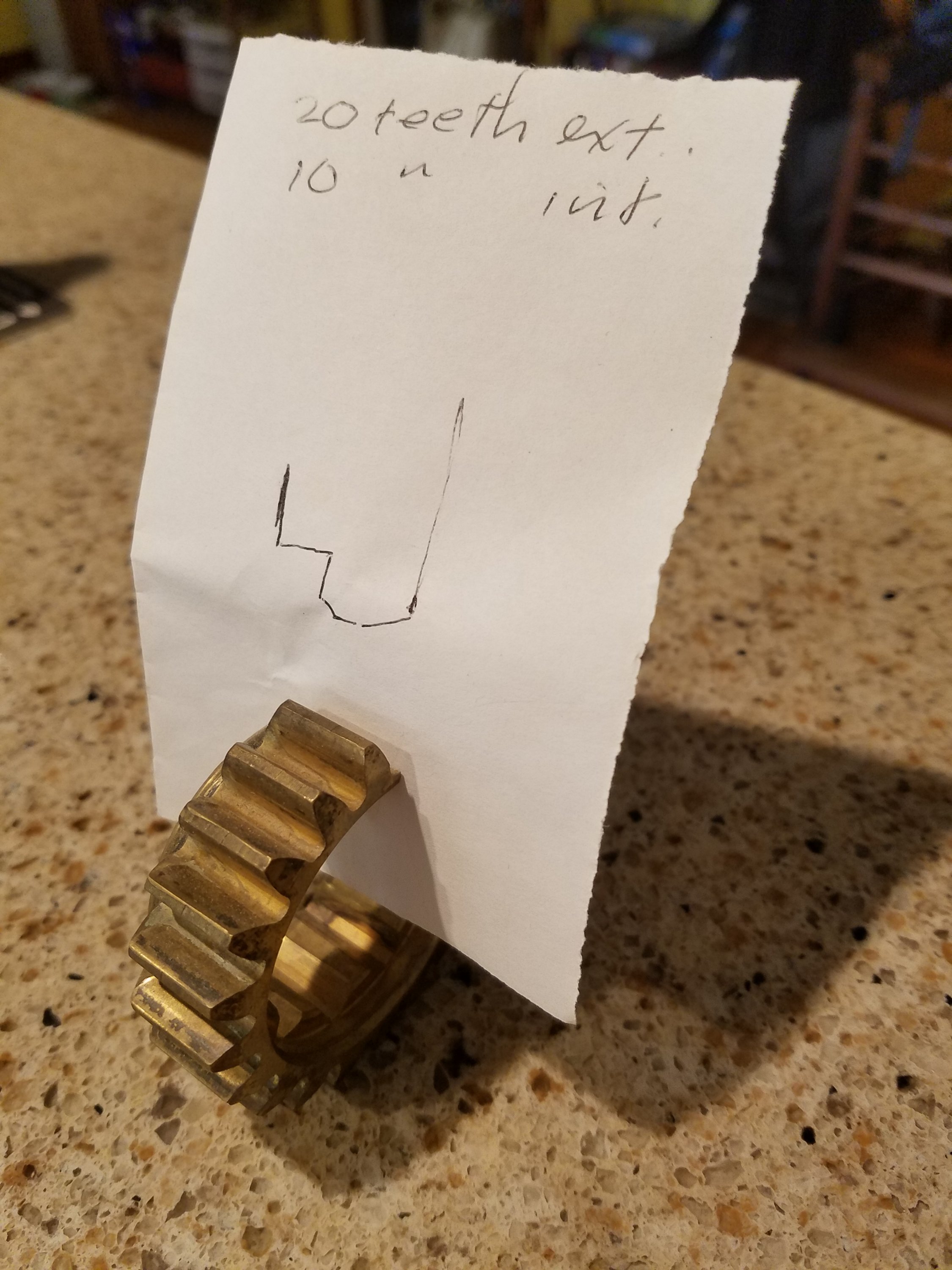Just curious. Has anyone had a winch failure? A pawl failure?
For my case (25 years of boats with winches and helping friends)...
For my case (25 years of boats with winches and helping friends)...
- One consignment store winch, bought for decoration, had a broken spring and stiff grease. It was fine.
- One Harken 40 had a crack in the plastic bearing cage (25 years and a long time since it was serviced). It was a secondary that was very seldom used and I'm not sure lack of service had anything to do with the failure. There was no wear. We put it back together that way and it continued for another 10 that I know of. The crack disn't get worse, so I suspect it was a manufacturing defect.




